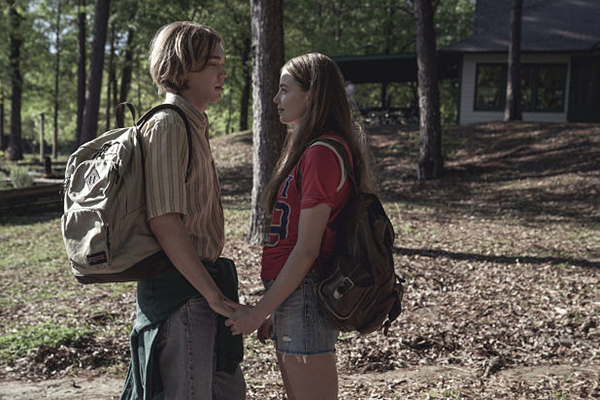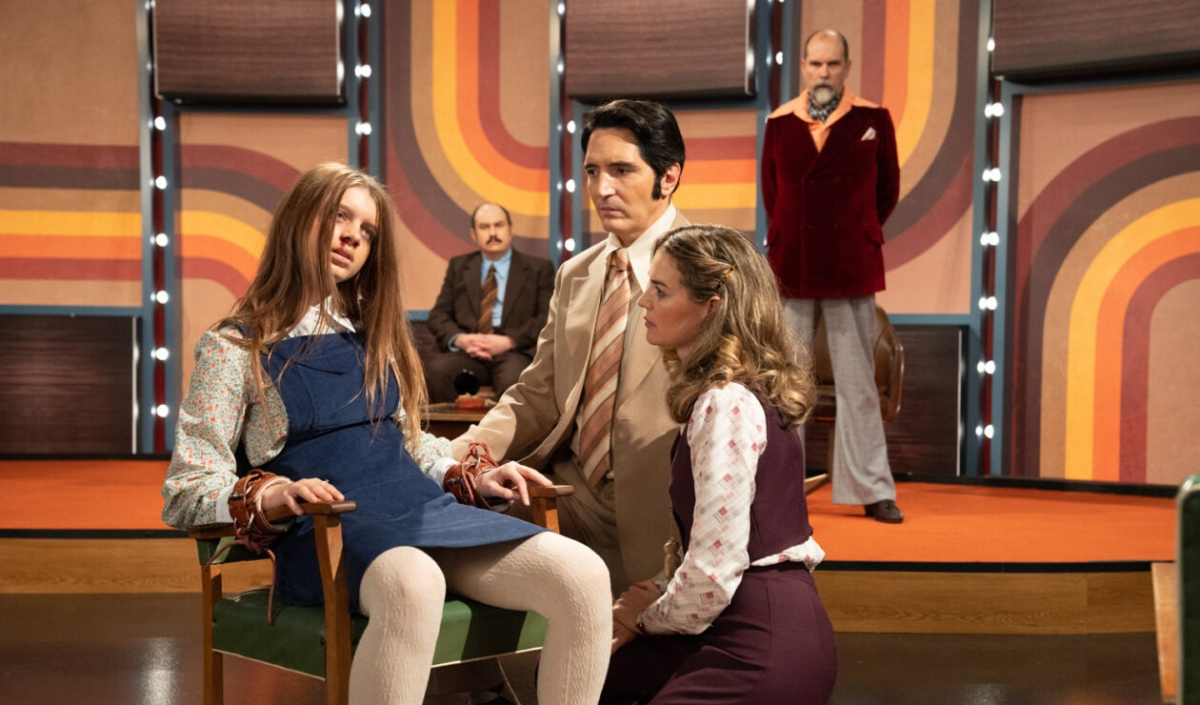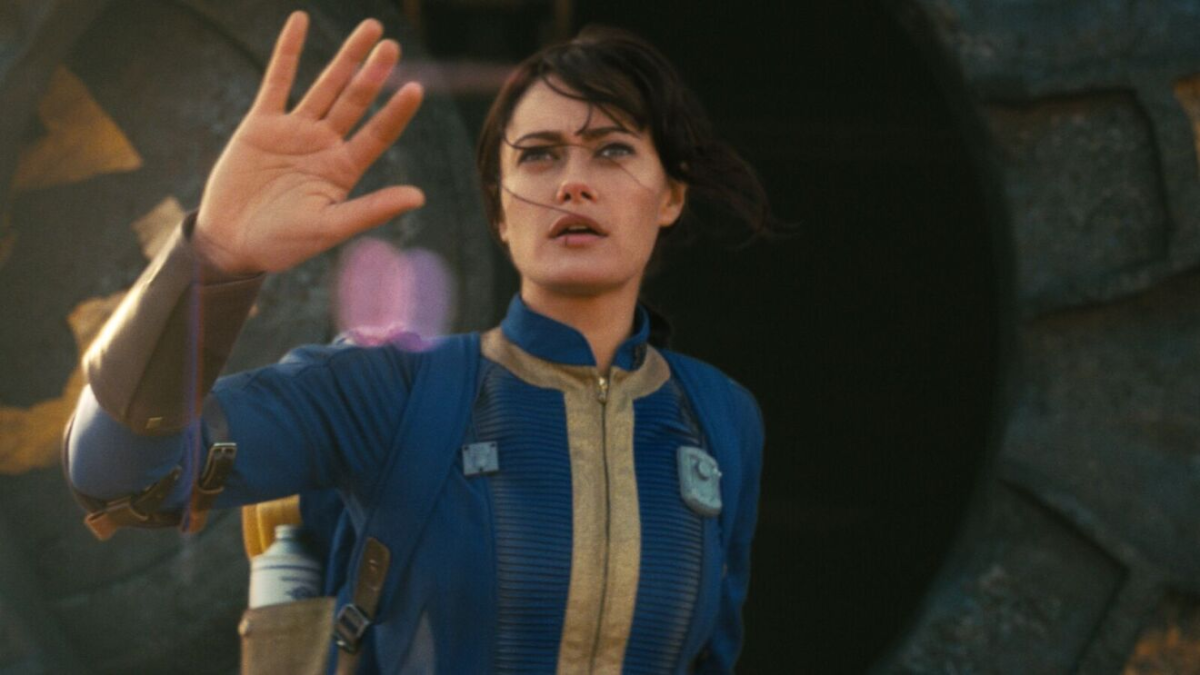“Looking for Alaska” romanticizes toxic friendships and leaves audiences looking for a deeper meaning.
John Green, author of “The Fault in Our Stars” (2012), returns with more angsty teen content in the Hulu miniseries based on his book “Looking for Alaska” (2006). Over the course of eight episodes, four friends at the fictional Culver Creek Boarding School struggle with questions of life, death and suffering.
The story is told in an ominous fashion, narrated by Miles (Charlie Plummer) as title cards slowly count down to the climax of the season, announcing the number of days “before” an unknown climatic event. The cards indicate that something big is going to happen, but the audience doesn’t know what. The four friends spend most of the series engaged in a prank war against the rich kids, during which the audience gets to know each character, from their individual quirks to tragic backstories.
The overall pace of the series is slow and drawn out. After the fourth episode, there was no clear build up or main plot to be carried out through the rest of the season. Focused too heavily on the prank war, the series lacks the suspense that keeps readers on the edge of their seats, unlike the book version of the story.
The show’s dedication to detailing each event within the book led to the inclusion of some scenes and subplots that seem completely useless to the overall purpose of the show. By condensing these plots and focusing on the main characters, it very easily could have been a two hour-long movie.
Although the first half of the season pays attention to mundane and useless details for far too long, it does pick up around the sixth episode. When the audience finally discovers what the countdown was referring to, they are left with plenty of reasons to let a few tears spill out.
Alaska (Kristine Froseth) has total control over the three boys. She’s charming, morbid and selfish and like the other characters, the audience is lost in the whirlwind that is her spontaneity and
self-destructive tendencies.
Miles especially is clearly infatuated with Alaska, and instead of making it clear that this obsession is unhealthy and without substance, the show only encourages their strange friendship. Uncomfortable moments highlighting the sexual tension between the two validate their relationship and encourage audiences to idealize toxic traits in a partner.
The teen angst is quite apparent and the dialogue and characterization of Alaska and Miles is screaming for this show to be reposted as black and white gifs on Tumblr. The themes of death and uncertainty are evident and told through the eyes of the four friends. However, substance is lost and crosses into cringey as Alaska and Miles try a little too hard to be edgy and deep.
Alaska is a symbol for teenage spontaneity and misbehavior, but an opportunity was missed to focus on how her behavior and attitude was counterproductive and harmful. Instead, it idolized and almost applauded her.
Ultimately, the show lacked the depth provided by the access to Miles’ thoughts readers had in the book. Unlike the book, the audience had a limited view of Alaska and Miles’ relationship causing it to appear superficial and romanticized.





















